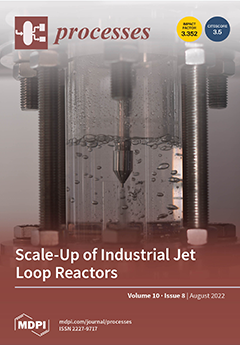Agricultural productivity plays a vital role in a country’s economy, which can be increased by providing the proper water needed for crops. Proper water provision ensures suitable moisture and appropriate conditions essential for crops, water resource preservation, minimized water wastage, and energy consumption.
[...] Read more.
Agricultural productivity plays a vital role in a country’s economy, which can be increased by providing the proper water needed for crops. Proper water provision ensures suitable moisture and appropriate conditions essential for crops, water resource preservation, minimized water wastage, and energy consumption. However, adequate water provision is challenging due to intermittent and uncertain environmental and weather conditions. On this note, a model with uncertain and stochastic conditions (rain, wet, dry, humidity, and moisture) capturing abilities is needed. Thus, a smart-sensors-based solar-powered system is developed for monitoring and controlling the tube well that ensures proper water provision to crops. The developed system properly checks weather and environmental conditions (rain, temperature, irradiance, humidity, etc.), soil conditions (wet or dry), and crop conditions to monitor and regulate water flow accordingly to minimize water and energy consumption wastage. The developed system is an integrated system of four modules: Arduino with a built-in Atmel AT mega microcontroller, sensors, solar power, and a global system for mobile communication (GSM). The GSM module exchanges acknowledgement messages with the operator and controller about the various statuses, such as weather and environmental conditions, soil conditions (wet or dry), crop conditions, and the toggle status of the motor (OFF, ON/main power supply, or solar power). In order for the controller module to determine the motor state, the sensors module computes many parameters, including rain, wet, dry, humidity, and moisture. In addition, the sensor module also prevents the motor from dry running. The developed smart irrigation system is superior to existing irrigation systems in aspects of water wastage and energy consumption minimization.
Full article





